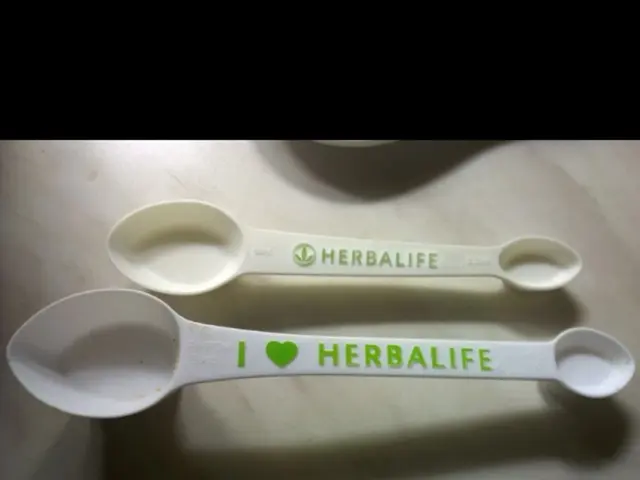Delivered Frozen Items: A Snapshot of Your Recent Purchase
In the era of online shopping, consumers are increasingly ordering frozen food items for home delivery. To ensure the freshness and safety of these products during hot transit, several key measures are essential.
Firstly, maintaining the cold chain is crucial. Frozen foods must be kept at or below -18°C (0°F) throughout their journey, from production to final delivery, to inhibit bacterial growth and preserve quality.
Secondly, temperature-controlled transportation is vital. Vehicles should be insulated and equipped with automation systems that constantly monitor and maintain the required freezing temperatures, even in extreme summer heat where ambient temperatures can exceed 40°C.
Thirdly, employing insulated packaging helps protect frozen products against heat exposure, preserving temperature integrity during last-mile delivery.
Fourthly, avoiding heat exposure during loading and unloading is critical. Heat at loading docks or during transit can cause dangerous temperature fluctuations, so minimising exposure time to warm environments is essential.
Fifthly, good planning during peak seasons helps maintain cold chain integrity. High summer demand can mean longer waits and busier logistics hubs, but careful planning and reliable network coordination can mitigate these issues.
If a delivery is found to be defective or the frozen food compromised, several steps should be taken. Inspect the package immediately upon receipt, especially if there is visible damage to the shipping box or packaging. Document any damage before opening, as this might impact refund or return eligibility.
Promptly contact the seller if the items are damaged or defective upon arrival. Most suppliers have policies allowing returns or refunds for perishable goods only when they arrive in poor condition.
Keep items unopened and in their original packaging if you intend to return them, and save receipts or proof of purchase as they are typically required for refunds or exchanges. If temperature control failure is suspected, alert the transporter or seller to help address the service failure and prevent recurrence.
Following these guidelines for cold storage, temperature control, and immediate inspection on receipt will maximise the chances that frozen food arrives fresh and safe. In case of thawed delivery, customers can request a new delivery or demand a refund or discount.
It is worth noting that, although frozen goods are often excluded from the right of withdrawal, customers can still complain about defects. The Consumer Center provides tips on ordering and delivery of frozen food online. To minimise risks for thawed frozen products, choose a serious and transparent provider.
The tips are relevant for online purchases of frozen vegetables, bread, ready meals, and more. Planning delivery time and receiving frozen goods personally if possible can further ensure that frozen food arrives fresh at home despite the heat.
According to nutrition expert Birgit Brendel at Saxony's Consumer Center, these tips aim to ensure that frozen food arrives fresh at home despite the heat. Short-term deviations during transport do not affect the food's safety or quality, as long as the cold chain is maintained. However, if a delivery is thawed, the product is considered a defect, and consumption of spoiled food may lead to potential compensation.
[1] European Commission, "Frozen food",
Science plays a significant role in ensuring health-and-wellness during the online delivery of frozen food items. Maintaining the cold chain, as in keeping frozen foods at or below -18°C, is crucial for inhibiting bacterial growth and preserving quality (Firstly, maintaining the cold chain is crucial). On the other hand, nutritionists emphasize the importance of proper packaging and temperature control for preserving nutritional value (employing insulated packaging helps protect frozen products against heat exposure).






